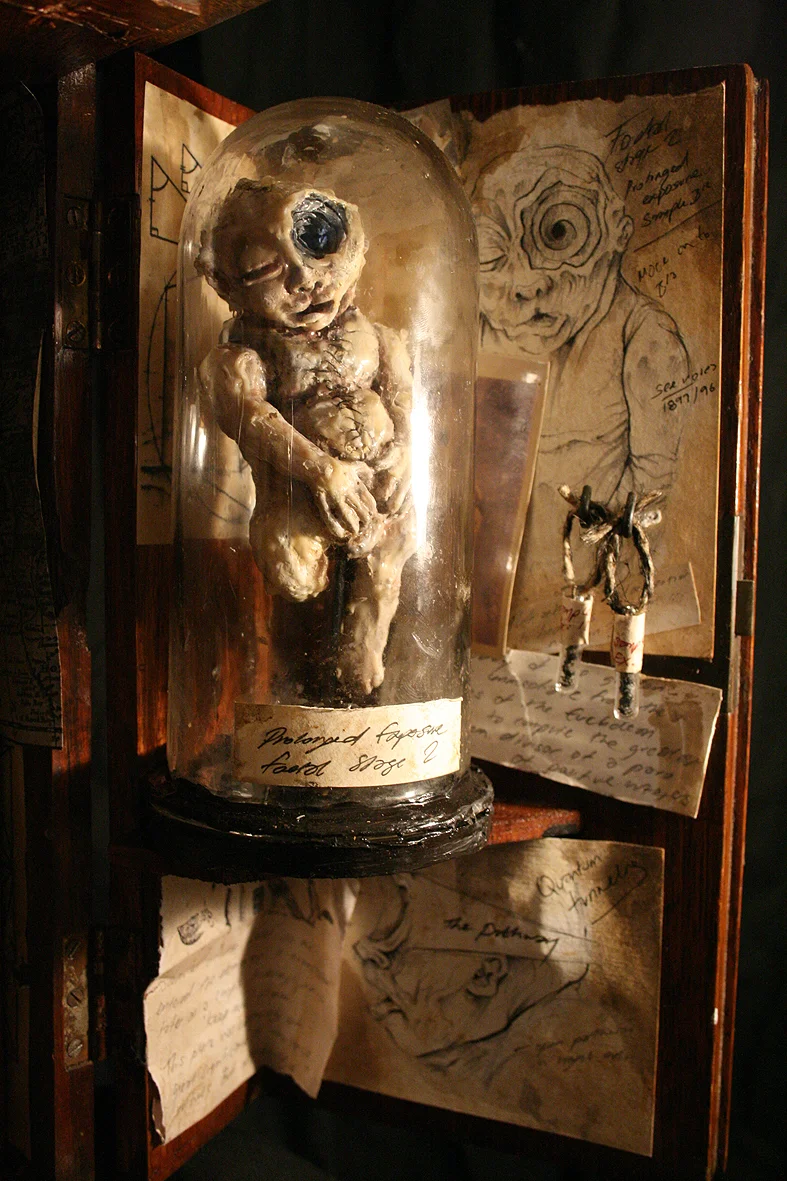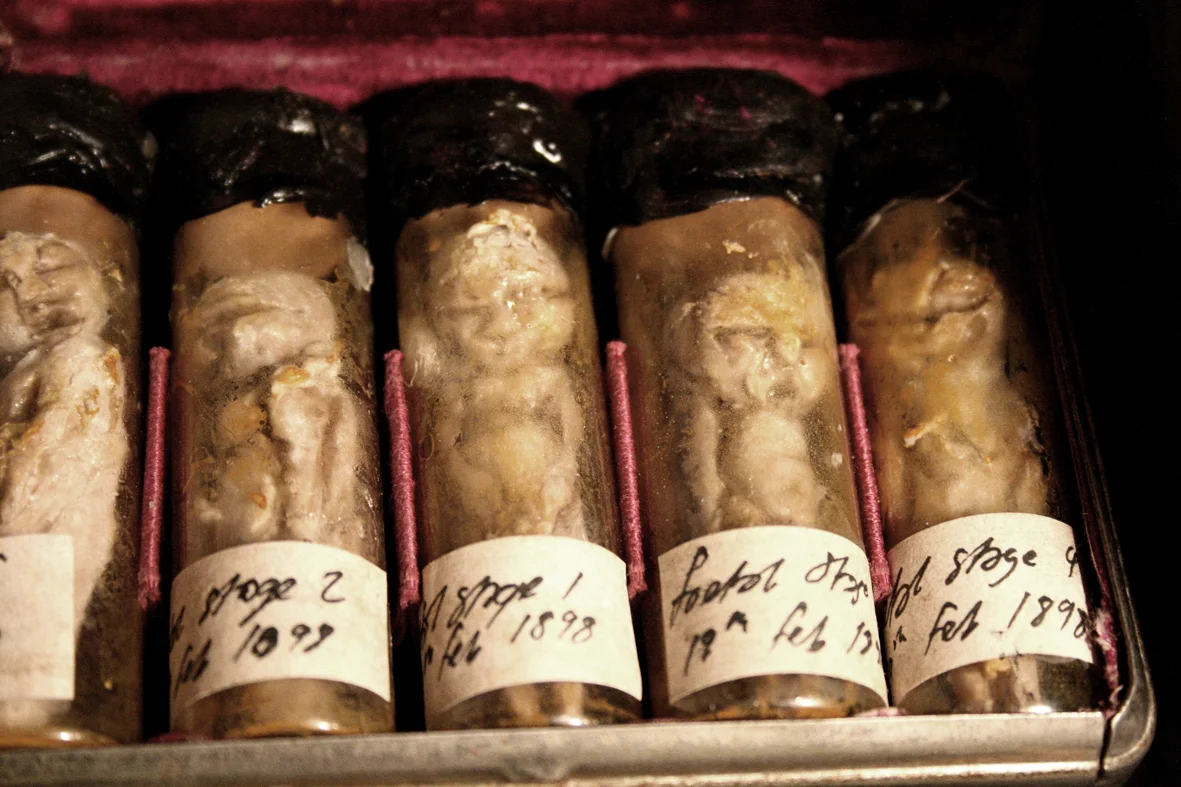All images copyright Alex CF 2014. Please credit and attach a link if used outside this website.
“An ancient black cuboid, a coiled maw in its side, within which a space larger than itself, a corridor that leads to oblivion..”
In the year 1280 AD, Augustine Sera, Helventine Scara of the order of Tarabestant fasted for 20 days and walked across the Sahara desert. He entered the Amour mountain range 10 days into his journey, to follow the foot steps of the prophet Kalmaridif. There he found a series of strange man-made structures, carved into the rock of the low lying cliffs. The cliffs soon formed a gulley, with 700 feet on either side of him. At the apex of this passage, he found a huge flat facia, carved into which was a stair case. The stair case rose half way up the rock facade to a huge spiral – at its centre – a 50 foot hole.
The monk followed this route, concluding that this structure must be of some significance to his belief. He climbed the stair case and entered the hole. According to his notes, which were found within the Henrich Emille cuboid, he recorded what he found there.
“The rock gave way to what appeared to be living flesh, or rock, or water. It changed as my mind changed, ever perceiving what I dreaded or wished existed. The space is filled with light. I truly feel close to my god here. I feel that I have climbed inside his mouth and closed myself away from the world. The Prophet Kalmaridif found his family here, his mother and father. I will die here knowing I have touched the face of god.”
Herbert Henrich and Robert Emille, English-born German cousins found reference to the “door way” in the pages of the holy texts of the Priory of Ele, a small helvetine conclave in northern Sabha. They soon became obsessed with locating this place, this holy shrine. After six years of searching, they eventually discovered it, unseen by human eyes for over 650 years.
Upon entering the doorway, they found a series of rooms, doors carved in the form of spirals. in what appeared to be a central room they found a passageway, lit by unseen sources. At the foot of the passage way was a strange stone structure. Primitive carvings were emblazoned upon it. In the centre was a removable rectangular device – carved of the same stone. The object mirrored the crude spiral on the outer facia – concluding with a small hole.
They carefully removed this item from the structure, finding within its maw a series of ancient writings scrawled on parchment. They then entered the passageway. They soon found that it continued for many miles, and vowed to return with more equipment to explore the space more thoroughly.
It is recorded that Henrich was the first to look within the hole in the rectangular object they removed from the chamber.
The inside space of the object appeared to be larger than the outside. Defying all physical laws, the rectangle contained what appeared to be a neverending passageway. The explorers named the device the “Henrich Emille Cuboid” and this became the focal point of their further research.
Upon returning to the United Kingdom, they began piecing together stories of objects and patterns that evoked similar anomalies. They discovered the research of a German physicist who had discovered a bizarre physical reaction to a fragment of stone found in Cairo, Egypt. The stone appeared to emit some form of energy or contagen that warped human flesh into conical coils, seemingly bottomless maws that broke open all over the body, yet appeared to not harm, or cause any ill effect to adults and children alike. The spiral forms transmuted healthy flesh into stone like structures, the condition was known as Foris spiralis crystallina or Coil Syndrome.
Henrich and Emille borrowed heavily from this research and found that their cuboid – an imperfect object of a black unknown rock – mirrored the fragment owned by the late german scientist. The cousins had noticed sores in their own skin. They limited access to the rectangle, only venturing near it to collect small samples and to make three small borings – exploration holes – over a period of ten years.
Most of the cousins’ work is lost. What is left is a small diary written by Henrich. From the little that is written, Emille was intrinsically involved until Coil Syndrome effected his new born son, Frederik. Emille accused Henrich of deliberately placing Frederik’s cot near the cuboid. Henrich denied this and after a time they returned to work. The coil killed Frederik at aged 11 months. It is not known who chose to preserve the skull of the child, but the coil can be clearly seen in its forehead.
Henrich appeared to be obsessed with Coil Syndrome and Emille drifted into the background as research turned to deliberately infecting foetuses of humans and animals. Coil Syndrome appeared to kill new borns, yet the research bore no fruit.
He started to experiment on himself, dropping objects into the holes in his flesh. The holes did not occupy the same space and time as Henrich, and thus the objects would disappear. In his notes he made a few random comments about putting this “never-ending disposal service” to good use. His main obsession was to understand where the passageway in the rectangle – and indeed his own flesh – lead. It appears that he never did find an answer to this, hence why research ground to a halt.
On April 2nd, 1906, Henrich left his house in Chiswick and returned to the ancient unknown monument in Amour, Northern Sahara. He left a note with his work, addressed to his closest friend and relative.
“I will leave the book and the rest of my specimens for you, Emille, I hope that you may find some solace in my findings. This reality is not devoid of feeling – in the angles, in the details there is hidden depth, and I think this is where I will be, watching everything.”
His body was never found, and the ancient never-ending passageway had ceased to exist. The only sign of Henrich came 12 years later, at the birth of Emille’s second son – on the window overlooking the cot, drawn in condensation, was a single perfect spiral.











